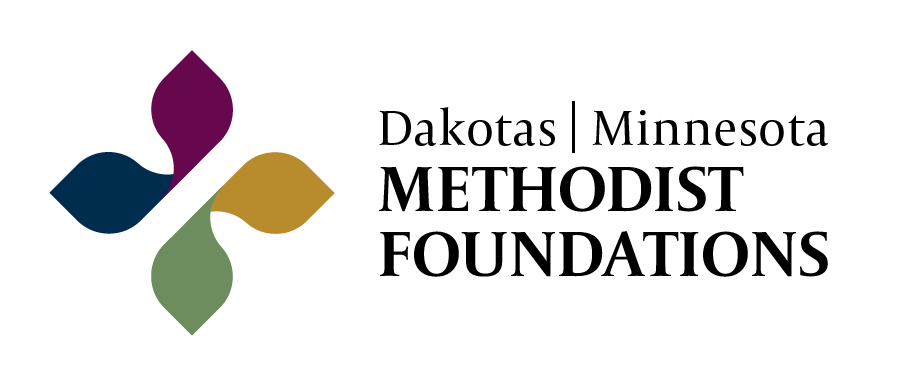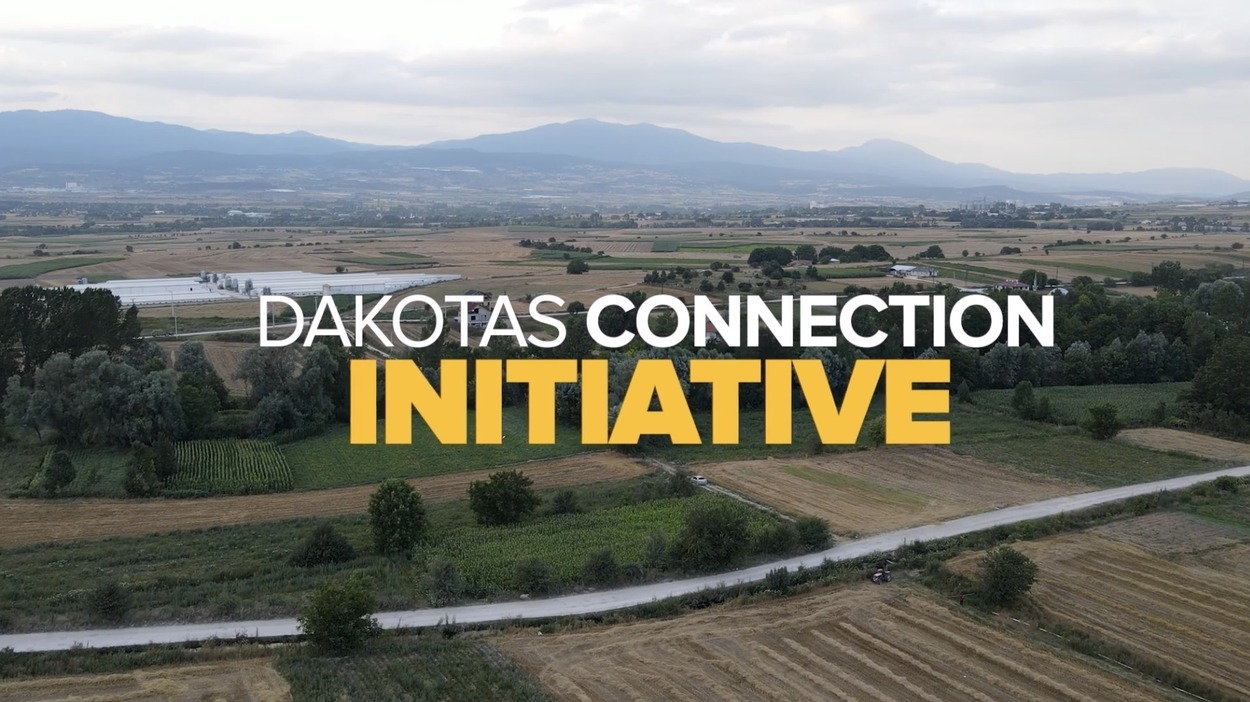
Dakotas Connection Initiative: Connecting Rural Ministry
In October 2020, the Dakotas United Methodist Foundation was awarded a grant of almost $1 million from the Lilly Endowment. With this grant the Dakotas Connection Initiative was established, giving the Dakotas Conference the ability to experiment with new ministry models to create thriving rural congregations that enhance rural communities.
The Dakotas Connection Initiative leans on assets, strengths, and technology. Rather than focusing on a scarcity of resources —limited full-time clergy and fewer financial resources to support them—the Conference is imagining the future with the gifts that God has provided—gifted and faithful laity in communities and surrounding areas, retired pastors with a gift for mentoring and a calling to preach and deliver sacraments, and an openness to using technology to reach people.
There are three primary components to the Dakotas Connection Initiative:
- Providing grants, training, and support for churches who are open to experimenting with team ministry
- Resourcing larger churches that want to be a hub to connect with smaller churches through technology and training
- Connecting rural church leaders, both clergy and laity, at equipping events and networks to learn from one another
The program is funded through Lilly Endowment’s Thriving Congregations Initiative. The aim of this national initiative is to strengthen Christian congregations so they can help people deepen their relationships with God, build strong relationships with each other, and contribute to the flourishing of local communities and the world.
“The Dakotas Connection Initiative will enhance our successful ministries and provide resources and platforms to ensure that vital ministry and community impact are happening in our rural communities,” says Sheri Meister, president and CEO of the Dakotas United Methodist Foundation. “New leadership models that maximize the gifts and callings of laity who are indigenous to the community and innovative systems to accomplish the mission of making disciples of Jesus Christ will allow congregations to maximize human, financial, and other resources.”

The leadership team for the Dakotas Connection Initiative has been meeting regularly to put together various models that work for different rural settings. Several unique leadership models are being tested right now to learn what will work. These include places like Alexandria; Cresbard and Tolstoy; Washburn and Center; Napolean, Lehr, Edgeley and Ashley; Ethan and Lyman County, as well as places like Rapid City Open Heart, Brandon Celebration, and Mitchell Fusion. Another strategy articulated in the grant proposal was the “hub” church model that would enable a larger church to partner with smaller churches to share and multiply their resources. As a result, we have seen variations in churches like Bismarck Legacy, Aberdeen First, and Mitchell Fusion. The hope is to learn from these leadership models what works and what doesn’t? What role does technology play? What does leadership development and ministry call look like?
“We are not content to see our churches disappear from the Dakotas landscape in the ways other denominations have, but rather to see the changes in demographics as an innovation opportunity borne out of necessity,” said Rev. Zach Kingery, pastor at Wessington Springs UMC in South Dakota and a member of the leadership team for the Dakotas Connections Initiative.
Kingery shares that a culture shift from believing in the current practices or the way we have always done things needs to happen. “We will need to overcome a culture of professionalized ministry that has led many laity to see their gifts and callings as secondary and many churches to feel like, ‘if we can’t get a ‘real’ pastor, we’re not a real church.’ We will need to work against the cultural narrative that has taught us that size is what defines success and worthiness.”
The Foundation has also committed another $100,000 matching gift to this new program.